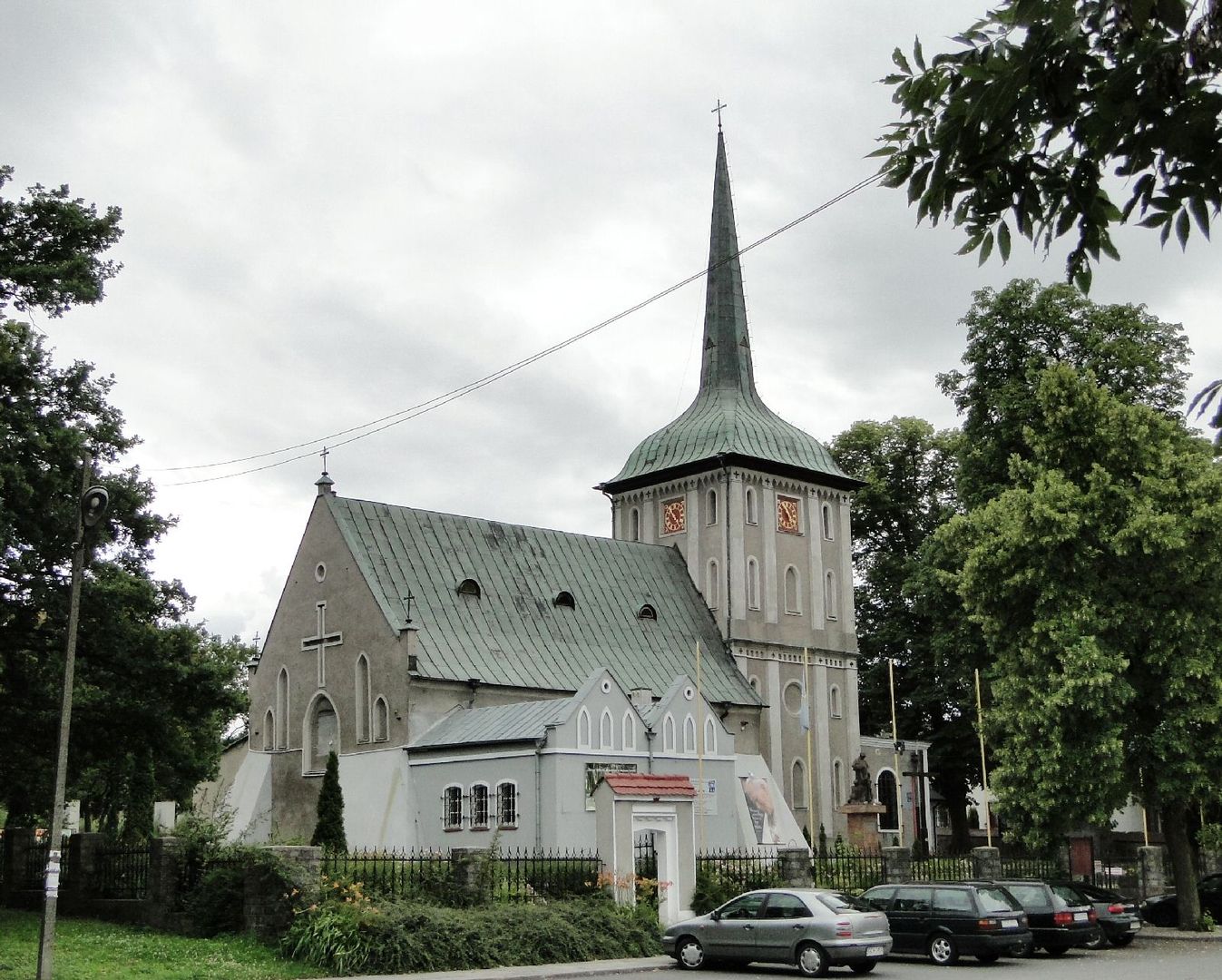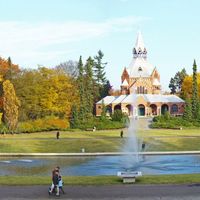Gumieńce
6.03

Overview
Gumieńce, formerly known by its German name Scheune, is a district of Szczecin and an administrative neighborhood with a population of 21,322. The area is characterized primarily by single-family housing, with the Reda housing estate—built in the 1980s for employees of the Polish Ocean Lines (PŻM)—being an exception. The history of Gumieńce is marked by the Szczecin Sugar Refinery, which operated until 2003. Its site was later redeveloped by the developer Alsecco into the Nowa Cukrownia housing estate, a project that sparked controversy due to the demolition of historic structures. Gumieńce is also home to two faculties of the University of Szczecin: the Faculty of Humanities and the Faculty of Management and Economics of Services. The area is located in close proximity to the Central Cemetery and the newly built Western Cemetery.
The toponymy of Gumieńce is linked to the marshy terrain, which required drainage and was originally used as a location for *gumno*—buildings for storing hay. In terms of transportation, Gumieńce is well-connected, with national roads No. 13, 10, and 31, as well as tram and bus lines, ensuring accessibility to other parts of the city. The neighborhood council has been active since 1990 and consists of 21 members. Voter turnout in local elections increased in 2007, 2011, and 2015, reflecting growing resident engagement in local affairs.
The beaver has become a symbol of Gumieńce and is occasionally spotted in the area. Notable historic landmarks include the Church of Our Lady of the Rosary, a Dutch-style windmill, and a manor house on Husarów Street. As the second most populous neighborhood in Szczecin, Gumieńce blends historical heritage with dynamic urban development, making it an attractive place to live and visit.
Tickets
Powered by GetYourGuide
You can also find here:
2025 Wizytor | All Rights Reserved
